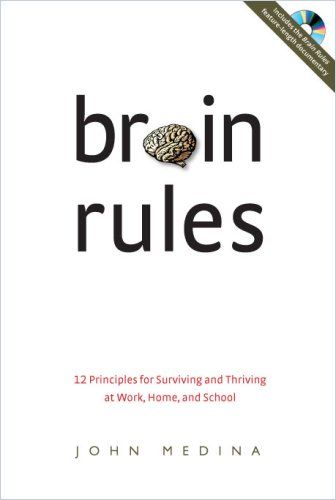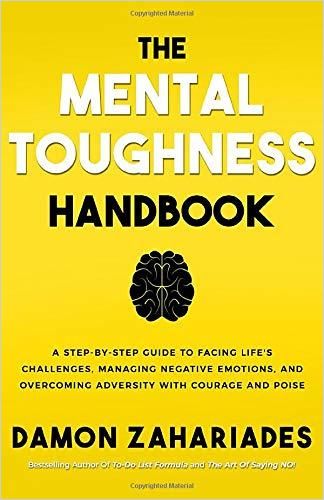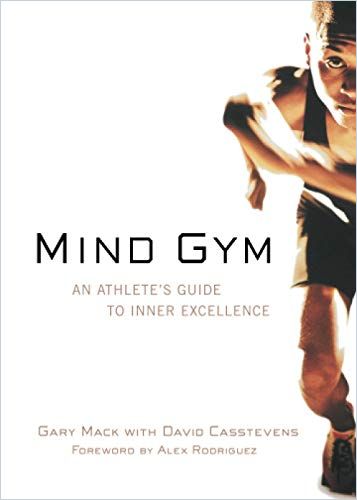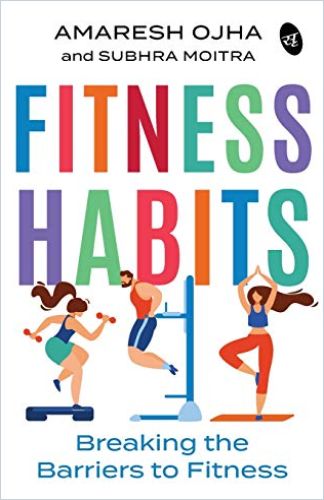Fitness For Your Brain

Many sports fans considered the late Muhammad Ali the greatest boxer that ever lived – he certainly considered himself “the Greatest.” Ali spent long hours in physical training to stay fit, endure grueling bouts in the ring and outmaneuver opponents while hitting hard and accurately. Yet when it comes to winning in the arena, he understood that physical training matters little without also training the mind.
Champions aren’t made in the gyms. Champions are made from something they have deep inside them: a desire, a dream, a vision. They have to have last-minute stamina, they have to be a little faster, they have to have the skill and the will. But the will must be stronger than the skill.
Muhammad Ali
Physical Health Supports Brain Health
First things first: physical fitness is the foundation for mental fitness. You don’t have to be an athlete, but eating well, getting enough sleep and moving your body every day keeps the blood circulating. These actions benefit your brain. Next up: avoid chronic stress. Short-term stress, just like short-term, high-intensity physical exercise, can be helpful, but long-term stress is a killer. It can affect your digestion and ability to sleep, leading to disease, and it also impairs cognition and memory. For coping with stress and emotional turmoil, there are the usual tools: mindfulness, meditation and journaling. These habits of reflection lay the foundation for healthy, undistracted mental functioning. Reading is to brain health what walking is to physical health: a low-impact way to maintain higher functioning. Learning a new instrument or language is a greater challenge which brings greater mental rewards. Games and puzzles can also be useful to keep the synapses snapping.
People interested in maintaining their physical fitness incorporate exercise and other beneficial habits into their daily routine. It’s no different when maintaining mental fitness. Just as you target different muscles in your body to build strength and endurance, you can train your mind with habits that keep you mentally pumped and in peak condition. The following are some exercises and challenges you can incorporate into your daily routine to keep your brain in fighting condition, to, as Mohammed Ali said, “float like a butterfly, sting like a bee.”
1. Reps for Better Recall
Neuroscientist Andrew Huberman discusses the mind-body link and its impact on memory on his podcast. Repetition of information strengthens the connections of your neurons, making retrieval along a well-worn path easier. As you utilize these same pathways, the effort required to remember decreases. Linking information you want to remember to a vivid sense memory also improves recall.
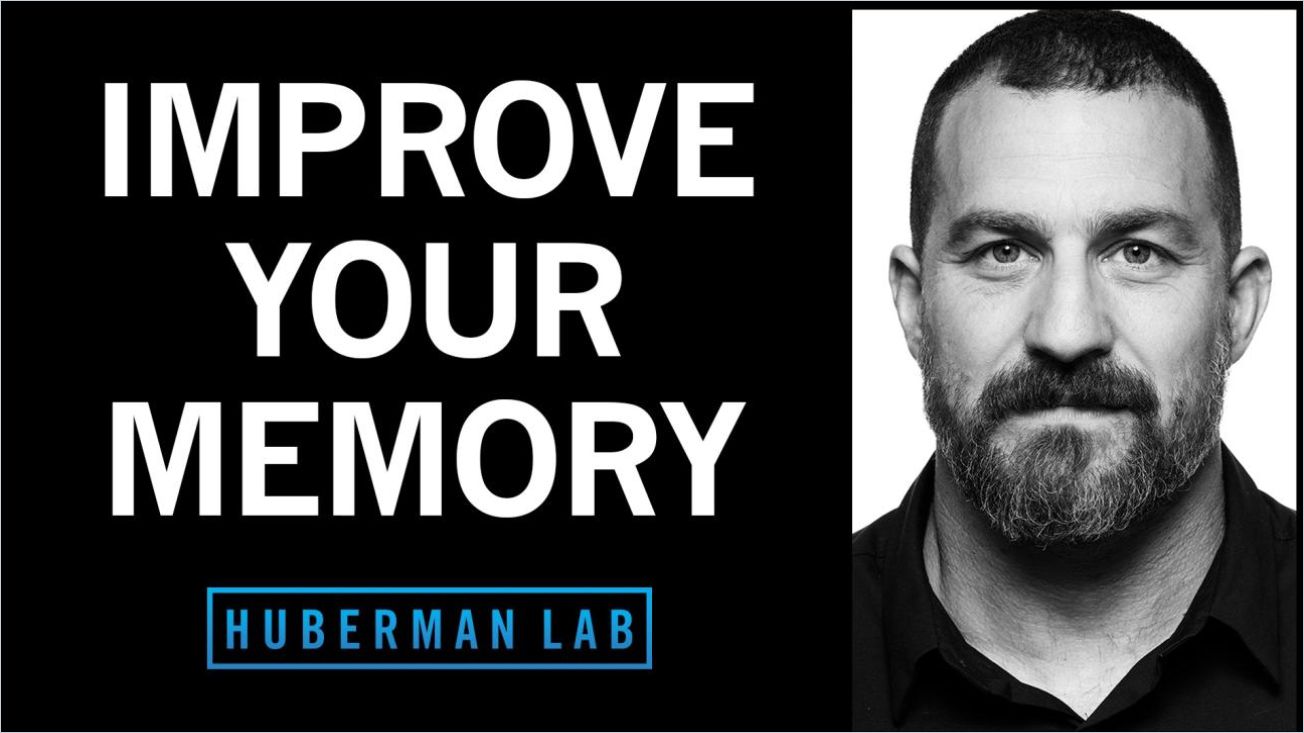
In medieval times, parents would throw their children into the river after a historic event. They didn’t understand why, but they knew that intense physical and emotional jolt would cement the historical event they witnessed in their memory for the rest of their lives. Think of this approach as high-intensity interval training for the brain. Linking information or memories to emotions, whether strong or less intense, also aids recall.
So again, both repetition, and I guess we could label it intensity. But what we really mean when we say intensity is strong activation of neurons can lay down these traces, these circuits that are far more likely to be active again, than had there not been repetition or not some strong activation of those circuits.
Andrew Huberman
When you repeat what you experience or learn by writing it down as close to the time it occurred as possible, you help to deliberately solidify it in memory. This also works to clarify your thoughts about events or information or locate gaps in your knowledge. Giving your brain a rest after taking in new information will help to transfer it to long-term memory. Teaching or telling it to someone else also aids this transfer.
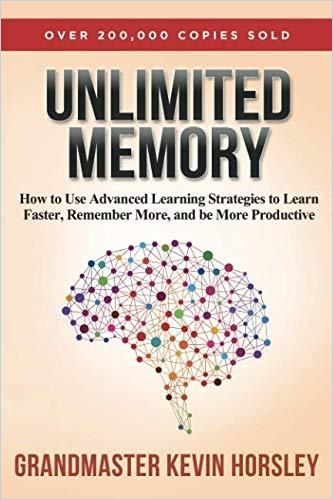
In Unlimited Memory, author Kevin Horsley adapts the idea of a mind palace to a “mind car:” visualize your car, then visualize a mental picture involving what you wish to remember with a part of your car. Use the same mental route around your car when recalling information to remember things sequentially. Linking these images into a narrative helps to further solidify your recall.
2. Build Focus (Grit Helps)
Turn your back on multi-tasking and instead decide to be a serial mono-tasker. Create an environment that supports your focus by minimizing distractions. When you allow yourself to be constantly thrown off-task, you weaken your brain’s ability to concentrate. In Mind Hacking, author John Hargrave recommends that you first “reclaim” your attention, then “retrain” it by blocking dedicated times to answer calls or emails and turning off notifications at other times. You are always paying an “attention tax.” What are you attending to?
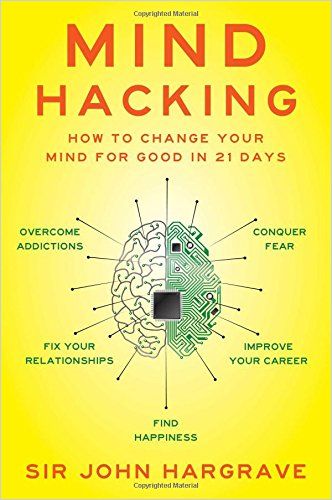
Hargrave, a coder, approached reconditioning his mind after years of substance abuse as a reprogramming task. He designed a series of games to make the task more enjoyable. In one, he adopted the habit of stopping to ask himself periodically, “What was I just thinking?” He suggests you make your attention-training efforts fun by imagining shooting at stray thoughts as if they were the bad guys in a game.
To master your mind is to master your life. There is no more worthwhile pursuit.
John Hargrave
“Grit,” the ability to stick with your plan despite obstacles and to learn from failure, is a set of practices to build an unassailable mindset to succeed. Take the opportunity to practice grit in the face of adversity by, for instance, re-focusing on the task at hand or beginning again rather than getting wrapped up in negative self-judgment. Think of developing grit like you think about strength training. You want to maintain a certain level of mental strength, so you have it in reserve to call on when you need it.
3. Remain Flexible by Beating Back Bias
Rocket scientists are both methodical and creative thinkers, says author Ozan Varol in Think Like a Rocket Scientist. When faced with difficult problems, they see opportunities to doubt the prevailing wisdom and test for new theories. Rocket scientists routinely face uncertainty, often with high stakes. They learn to become comfortable with ambiguity but attentive to emerging facts.
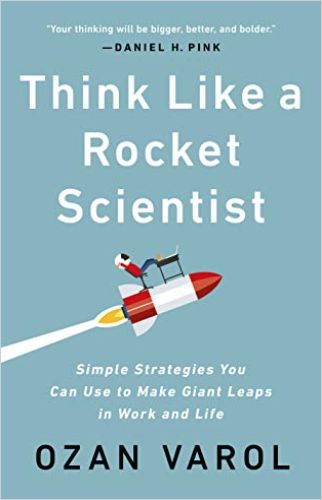
Cultivating a habit of curiosity keeps you open-minded and creatively nimble. When trying to solve a problem, list what your assumptions are and what are the things you know are unknown. This helps you remain attuned to information that fills in those blanks. Test, observe and reformulate your thinking based on lessons learned. Instead of accepting simple narratives to explain complex issues, ask more questions. Elon Musk considered not the obstacles that made space flight so difficult and expensive, but what space flight should ideally be like. This forced him to rethink every assumption involved. Seek out alternative viewpoints, arguments and theories. When facts change, be willing to change your mind. Allow your thoughts to wander periodically and embrace boredom. The most amazing solutions will present themselves in those quiet moments after intense thinking.
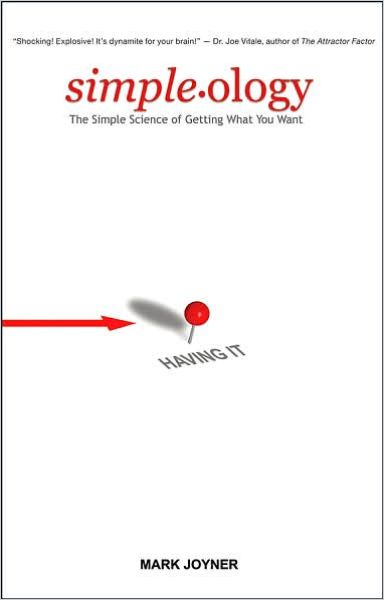
Your thoughts are not real things but models of the world, says Simpleology author Mark Joyner. As such, you have the power to select which models you adopt in your thinking and to switch models if a new one offers better solutions. Since your thoughts largely determine how you experience reality, it makes sense to choose mental models that improve that experience. For instance, believing you are a nice-looking person doesn’t hurt anybody and can boost your confidence.
4. Limber Up Your Imagination
The brain is designed for survival, not necessarily optimized for rational thinking. While it is helpful to imagine the success you are aiming for, in “How To Flip The Script With Anti-Goals And Achieve Things Faster,” executive coach Supriya Venkatesan relates an exercise recommended by legendary investor Charlie Munger to work with the negative bias of the human brain: using “anti-goals.”
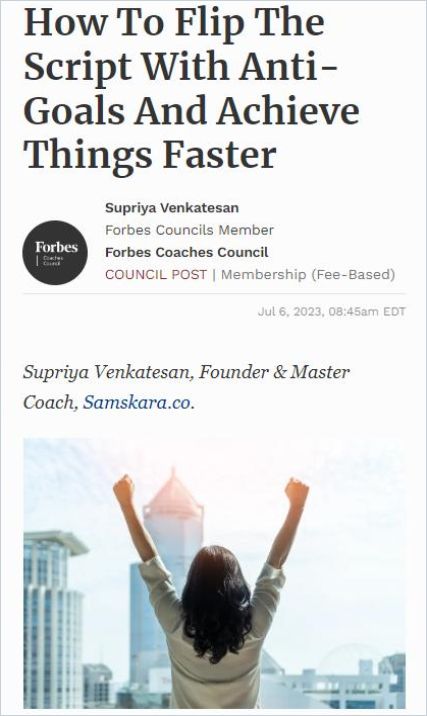
How To Flip The Script With Anti-Goals And Achieve Things Faster
ForbesBy using your fear of the worst-case scenario, you provide fuel for negative motivation, which can be just as motivating as visualizing success. First, identify the negative things you wish to avoid. Next, imagine how you can best avoid these consequences. For instance, if you’re trying to avoid stress, arrange your schedule so you don’t work on the weekends. Imagine the worst that can happen if you don’t meet your “anti-goal.” Use that burst of fear or resistance to take action to avoid the worst-case scenario.
When we frame an incentive as a means to avoid the loss of something, it significantly increases our motivation to pursue a goal.
Supriya Venkatesan
Psychologist Lisa Feldman Barrett recommends imagining an apple in full detail: the way it feels, its smell and the crunch of biting into it. Imagine the taste. This is good basic training for your brain. It will help you understand how you can help your brain create powerful new neural pathways.

Another way to counter your brain’s tendency to imagine catastrophe is to offer it a daily alternative experience. Feldman Barrett conjures the feeling of awe by contemplating nature for five minutes a day. The brain can then draw on this experience when making predictions. Feldman Barrett compares this mental exercise to training a muscle. Researchers found that people who write down their vision of their best potential future selves every day are happier and healthier.
5. Clarity Matters More than Certainty
In Full-Spectrum Thinking, author Bob Johansen emphasizes the ideal result of staying flexible and considering other perspectives: clarity rather than certainty. A curious and questioning attitude will help you illuminate and fend off potential biases. By adopting a “beginner’s mind,” you abandon categories and labels and approach problems with an open mind.
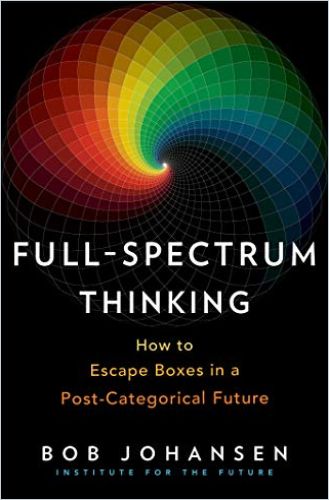
“Explain it to me like I’m five years old” is a great way to break down your own thinking to its most basic, sometimes hidden, assumptions and clarify your assertions writes the author of “How to Think Clearly” Tom Chatfield. It’s not about whether you’re right or wrong; this is just a method to clarify things in your own mind so you can better convey your thoughts to others.
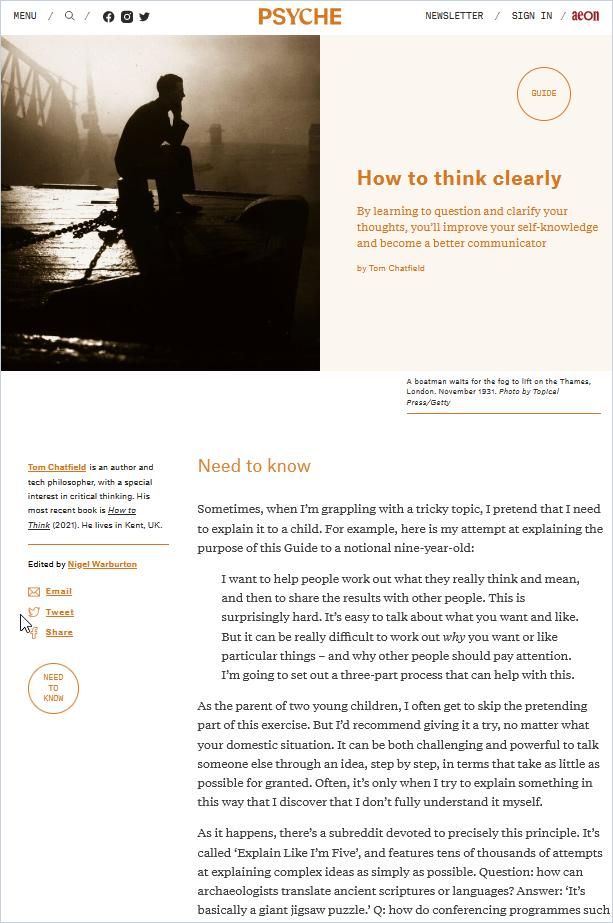
As you set out your thinking about a subject, identify any emotions or memories that also arise; just notice them. These should also be a part of your habit of analysis. Next, organize your thinking into a sequence, then summarize these thoughts along with your conclusion. Now, contemplate each assumption individually. Why do you accept the assumption as valid, and what action must you therefore take? You may find in this process that many of your assumptions come from your own beliefs but are not necessarily shared by others. To find common ground, analyze opposing assumptions as well. Be willing to test out alternative views: this is the ultimate flexibility.
We all carry around countless unclear, confused, contradictory thoughts and feelings. And precisely because we have neither the time nor the tools to sort them out, they mostly stay this way.
Tom Chatfield
Further reading for brain fitness:

